Ethical considerations for wild animals
Though some are still skeptical, evidence that fish can feel pain has been growing for decades. It has now reached a point where the sentience of fish (their ability to perceive, experience and feel) is acknowledged by leading scientists and organizations around the world. For instance:
“…there is as much evidence that fish feel pain and suffer as there is for birds and mammals…”
– Dr. Victoria Braithwaite, author of Do Fish Feel Pain?
“The evidence of pain and fear system function in fish is so similar to that in humans and other mammals that it is logical to conclude that fish feel fear and pain. Fish are sentient beings.”
– Dr. Donald Broom, Department of Veterinary Medicine, University of Cambridge
“…it would be impossible for fish to survive as the cognitively and behaviourally complex animals they are without a capacity to feel pain.”
– Dr. Culum Brown, editor of The Journal of Fish Biology
“…the preponderance of accumulated evidence supports the position that finfish should be accorded the same considerations as terrestrial vertebrates in regard to relief from pain.”
– American Veterinary Medical Association
Like other animals, fish respond to painful events with changes in their behaviour and physiology. While the parts of their brain involved in the pain response are not anatomically the same as in mammals, for example, their function is very similar. Pain teaches fish to avoid things that cause them harm, helping them to respond effectively to their environment and, ultimately, to survive.
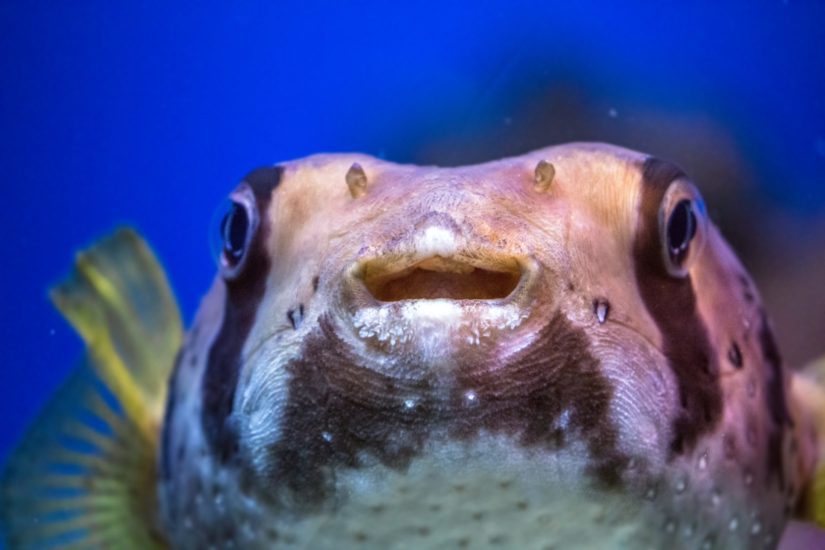
Classrooms are an unnatural and stressful setting for wild or exotic animals. Seeing these animals outside of their natural wild habitat does not provide educational benefits and will likely lead to their early death.
Also, wild and exotic animals can carry diseases that may be passed onto children, who are still developing their immune systems.
There are many ways to experience and appreciate wild and exotic animals in nature, online or through documentaries. Compassion starts young, so let’s keep animals in nature.
Read our positions on animals in schools, educational visits using animals, exotic pets and wildlife welfare.

Research suggests that lobsters (along with other decapod crustaceans such as crabs) have the capacity to feel pain. While some believe the science is inconclusive, others consider the evidence as strong as the evidence for pain in fish.
The BC SPCA believes that it is best to err on the side of caution by avoiding potentially painful practices such as boiling these animals alive. Instead, we recommend that lobsters be humanely killed by trained and competent personnel before purchase. Humanely killing a lobster is typically a two-step process: the animal is first rendered insensible (incapable of feeling pain) before being killed.
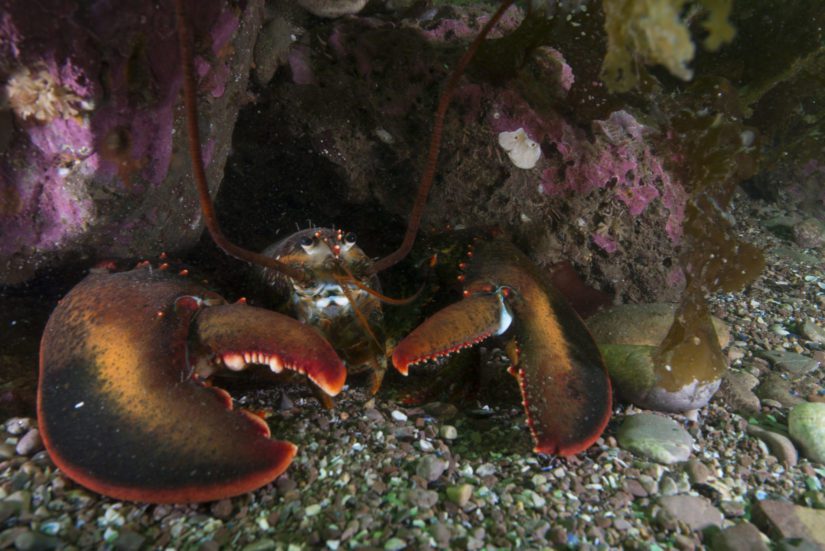
The BC SPCA generally doesn’t recommend feeding wildlife – but what about bird feeders? Although common worldwide, bird feeding does carry risks.
In the absence of disease outbreaks, feed birds only in harsh winter conditions, and follow these tips:
- Prevent disease – clean up spills and clean feeders regularly using a 9:1 (10%) bleach solution. Take feeders down during disease outbreaks, like salmonella or avian influenza.
- Avoid window strikes – set up feeders very close to windows (within 1 m) to minimize collisions. Use window protection products to prevent birds from colliding with windows.
- Keep cats inside – collar bells will not stop cats from killing birds.
- Don’t feed other animals – bird seed can attract animals like mice, rats, squirrels, raccoons, deer or bears. Clean up spilled seed and make your bird feeder inaccessible to other animals.
In the warmer months, there are usually abundant natural food sources available for birds. You can also attract birds to your yard naturally with native plants and well-managed bird baths and bird houses.
Feeding hummingbirds has special considerations – read more about hummingbird feeders and how to make hummingbird nectar.
Read our position statement on wildlife feeding.
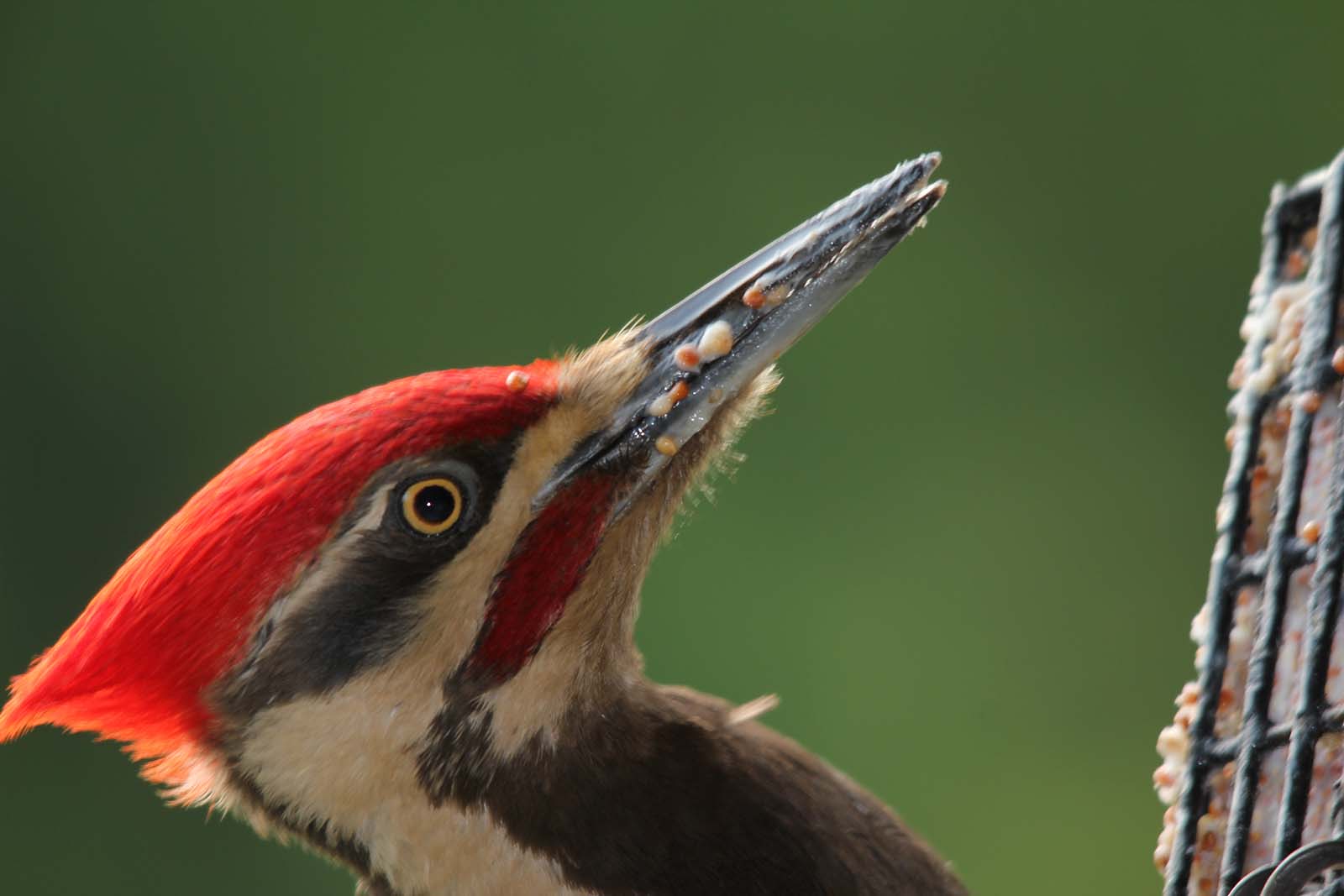
Don’t feed the wildlife. The BC SPCA is generally opposed to the feeding of wild animals. Wild animals suffer when they get used to eating human food instead of their natural diet. When people feed wildlife, the animals also lose their healthy fear of people. This increases their chances of being injured or killed. Some municipalities have bylaws against feeding wildlife.
Keep wildlife healthy and wild! Don’t share your food, garbage, compost or litter. Read or print our brochure: Don’t Feed the Animals (PDF).
What about birds? Read more about feeding birds and hummingbird feeders.
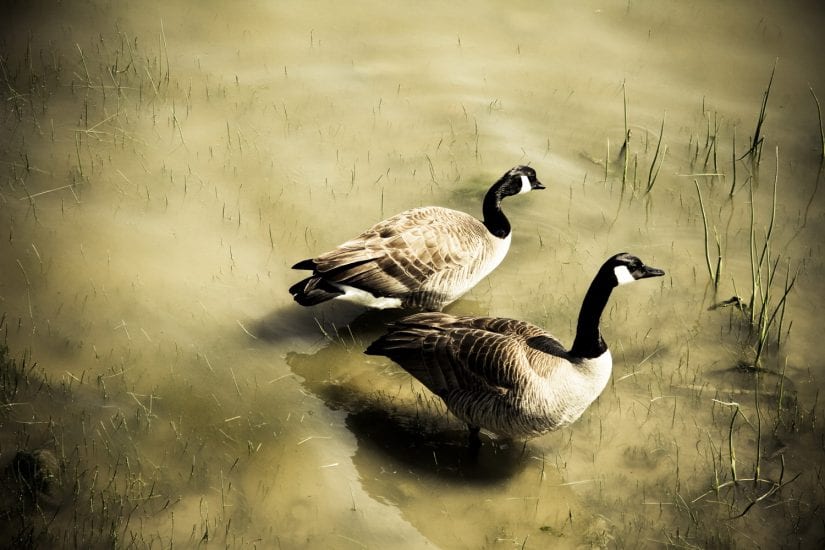
Nectar feeders provide a food source for hummingbirds in winter, but they must be cleaned regularly and kept fresh and full. It’s important to take this commitment seriously!
Feeders often attract unusually large numbers of hummingbirds to one area – this can be a joy to watch, but also means any fungus or bacteria in the feeder will affect many birds. These infections can cause their tongues to swell and often result in death, a sad outcome for birds and bird lovers. Feeders that are left empty or left to freeze can also lead to starvation for the birds that have come to rely on them.
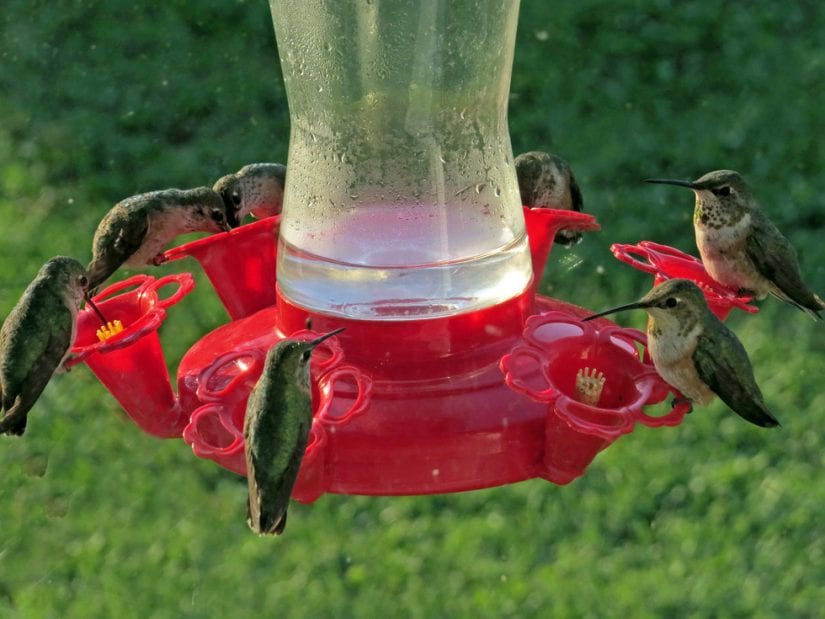
If you commit to winter feeding, you must commit fully. Non-migratory hummingbirds may come to rely on this food source and will suffer if it is interrupted. Don’t put hummingbird feeders out if you’re not prepared to clean and maintain them.
If you’re not ready for this serious commitment, bring you nectar feeders in starting in September, before their fall migration. Hummingbirds are smart and adaptable, and this will give them time to find another food source before winter hits.
Clean feeders with a solution of one part white vinegar to four parts water about once a week. Change the nectar solution every few days, ensure it never freezes, and can be provided through the whole winter. Have a friend or neighbour check your feeder if you’re away. In harsh temperatures, you may need to bring your feeder in at night to prevent freezing – this won’t disrupt the hummingbirds if the feeder is put back out first thing in the morning. You might want to keep two feeders handy so you can alternate between them.
To make nectar:
- boil water for two minutes
- mix one part white sugar to four parts water
- allow mixture to cool before filling feeder
- never use honey, sweeteners, molasses, brown or raw sugar
- don’t add red food colouring or other products
While there are many different recipes available online, this is the only one we can recommend, and use at our own Wild Animal Rehabilitation Centre. White sugar is closest to the sugars they find in nature, other types of sugars or recipes could make them sick and die.
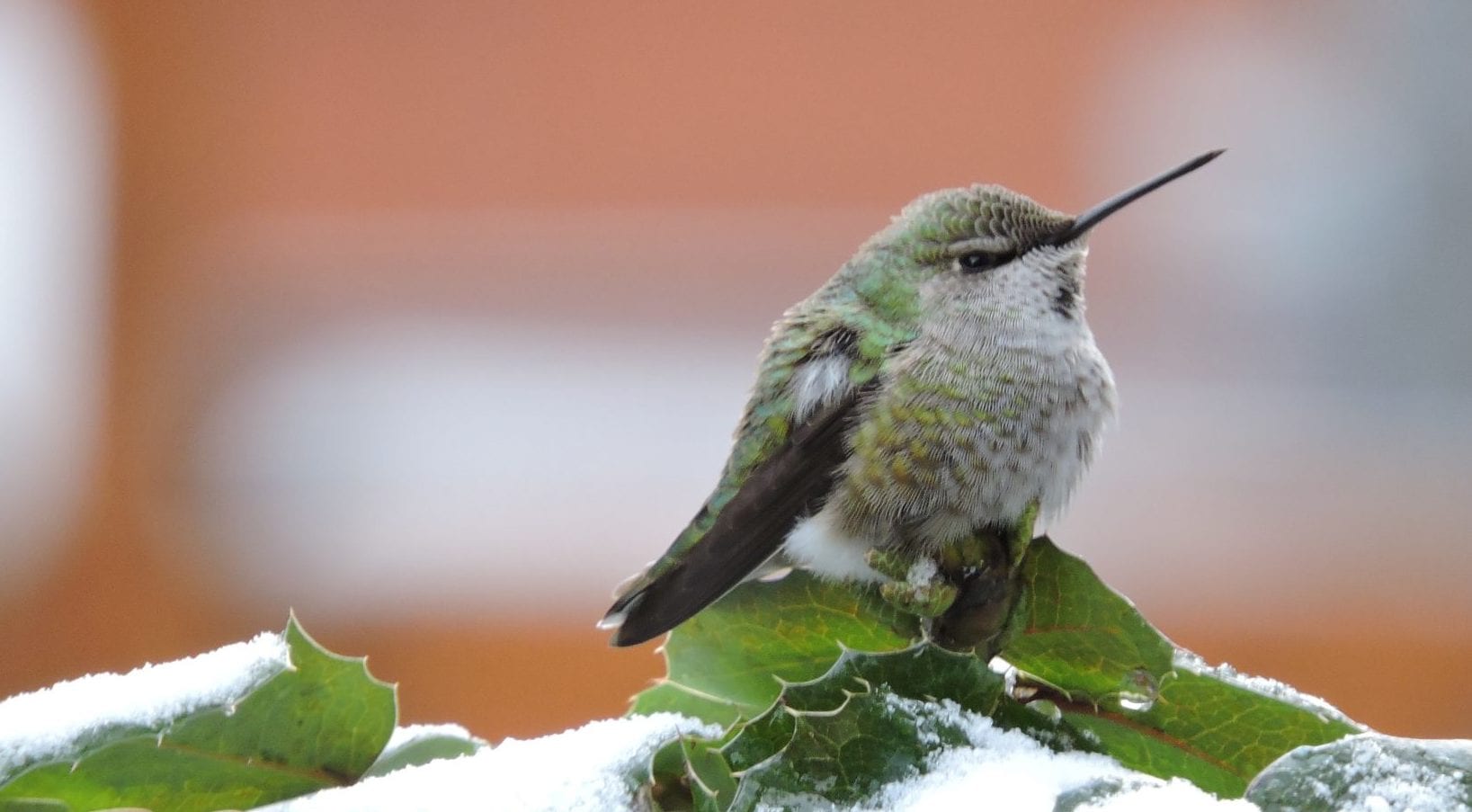
Even in winter, do not change the ratio of sugar to water. Adding more sugar may help prevent freezing, but it’s not healthy for these sensitive little birds.
Read more about feeding birds and other wildlife (PDF).
As an animal welfare organization, the BC SPCA acknowledges that recreational fishing for food and for sport is an important activity to many Canadians.
We believe that recreational fishing — like hunting — should be carried out in an ethical, humane, responsible and sustainable manner by qualified and experienced anglers, who abide by applicable laws and regulations. The best possible angling practices and handling methods that minimize stress should be employed, together with the use of gear that causes the least amount of injury and pain.
When fish are caught to be eaten, they should be killed humanely. The handling methods and equipment used should ensure that fear and pain are kept to absolutely minimal levels prior to and during killing.
When catching and releasing fish, anglers should take into account how much the fish is likely to suffer, and how likely the fish is to survive. Ultimately, catch-and-harvest may be preferable to catch-and-release, given how poorly fish can fare after they are released. Studies have shown that, depending on the species and method of capture, post-release mortality can range from 0 to 95 per cent.
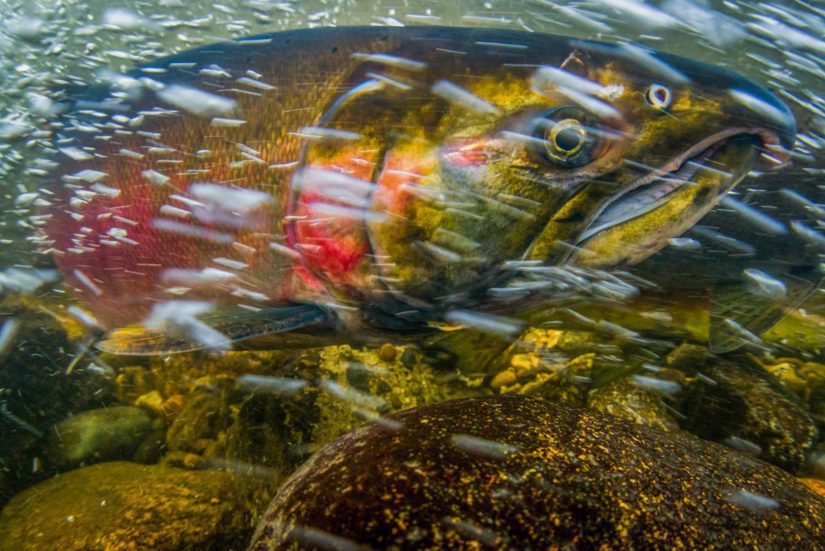
NOTE: The BC SPCA’s Wild ARC is NOT currently able to accept fur coat donations.
The sad facts about fur are hard to ignore, and many people are looking to make their home more fur-free. Sometimes this is as small as fur trim on a sweater, hat, or other accessory, or sometimes it’s an entire coat inherited from a family member. If you want to re-purpose or re-home old furs, consider these options:
Remove fur trim
Simply removing the fur is the easiest way to reclaim your clothes. Enlist the help of a local tailor for more complicated projects that might require expert removal and repair. Ask to keep any fur trimmings so you can ensure they stay out of the fashion industry.
Donate fur
The BC SPCA is frequently contacted from people wishing to donate their fur coats to Wild ARC and other wildlife rehabilitation centres. This has been so successful over the last few years that many now have an overabundance of furs! Unfortunately, furs can’t be cleaned the same way as other textiles – for the safety of our patients, they have to be discarded once soiled. Please note Wild ARC is NOT currently able to accept fur donations.
Research and consider donating to local animal protection groups or museums, who sometimes have educational uses for fur.
Communities living in the Arctic may also have a need for fur donations. Fur is considered a necessity in this part of Canada, where temperatures can drop below zero for nine months of the year and can get as cold as -65C with the windchill. Fur and leather are also very expensive in the Arctic, so donating fur coats is a positive way to support northern communities.
Fur burial
For some people, simply laying the fur to rest is one way to find peace. Find somewhere acceptable to hold a small ceremony and bury the fur, first removing any synthetic components.

